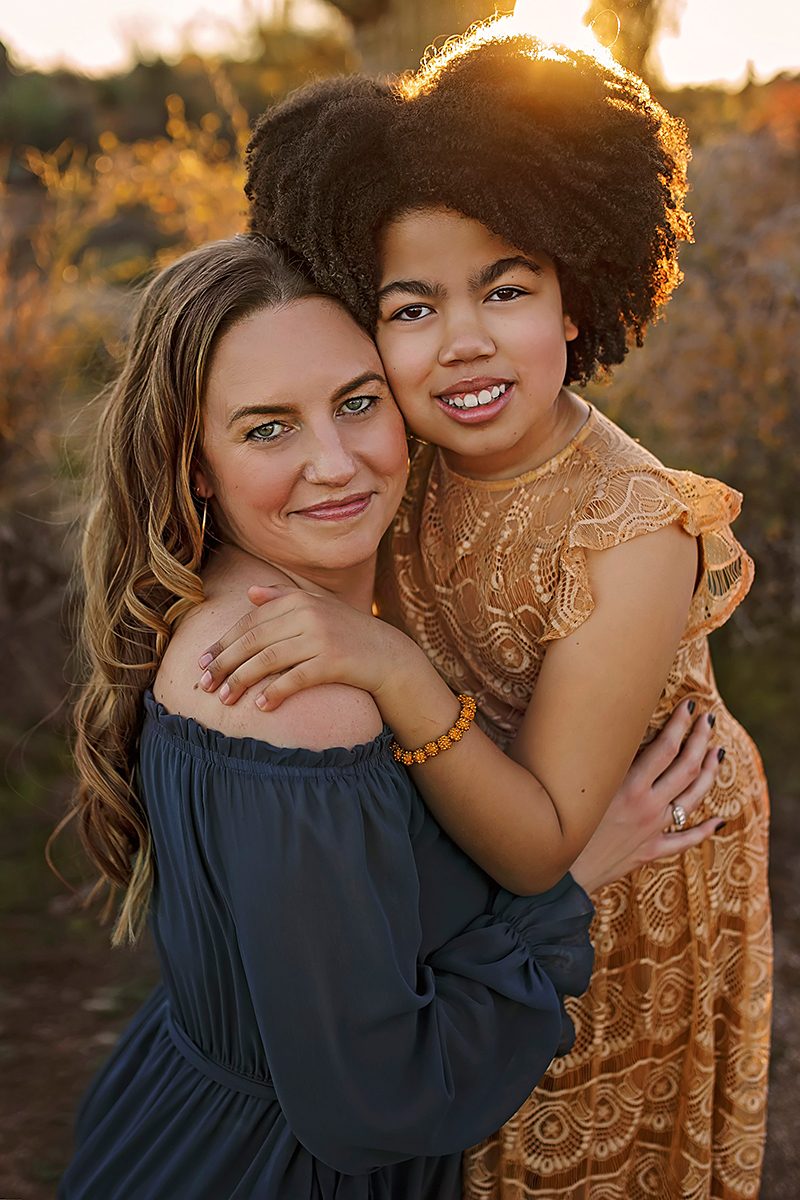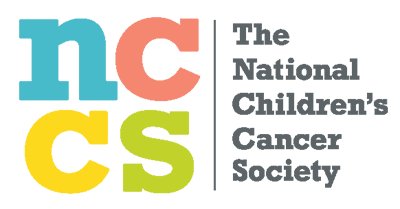Advancements in cancer therapies have led to a tremendous increase in the survival rates of children with cancer. While this is wonderful news, research is showing that cancer survivors are at higher risk of treatment-related chronic illnesses. To combat this risk, doctors are urging survivors to adopt a healthy lifestyle to mitigate their risk of late effects.
Treatment-related chronic illnesses can include obesity, cardiovascular disease, psychosocial issues, and even secondary cancers. This is why nutritious eating, health screenings, exercise, and other healthy lifestyle choices are critical. Physical activity alone can reduce the risk of diabetes, high blood pressure, obesity, stroke, and heart disease. It can also increase balance, bone health, strength, and improve mental health.
Before adding exercise or making changes to your child’s fitness routine, it is important to talk to your child’s doctor to determine what exercises are best. Start slowly to reduce the risk for injury and find activities that are fun. Set realistic goals and try a variety of activities to avoid burnout. Rehabilitation specialists can help those with disabilities meet their specific needs.
Refraining from smoking is one of the most important ways to prevent cancer and reduce the risk of chronic illnesses. Smoking and vaping can lead to chronic obstructive pulmonary disease (COPD), cancer, stroke, heart disease, and lung diseases. Talk openly and directly to your child about your expectations of them when it comes to smoking or vaping, and continue this message consistently throughout their lives. Explain the health risks as well as the unpleasant physical aspects. Since parents who smoke or vape are more likely to have children who smoke or vape, set a good example by not using tobacco in any form.
The American Lung Association offers many smoking cessation programs in a variety of formats that have proven to be effective quitting techniques. Click here to learn more about talking to your child about the harmful effects of smoking and vaping, how to keep kids tobacco-free, and ways to quit smoking.
Elise’s Story
Elise was diagnosed with bilateral retinoblastoma when she was five months old. She is now a thriving 12-year-old childhood cancer survivor. Her mom, Janet, has always been a good advocate for Elise and stays on top of her survivorship care. Janet is very aware of the risks of late effects and the importance of providing Elise with a healthy lifestyle.
Janet tries to educate Elise but also knows the importance of setting a good example. She goes to a gym, keeps junk food out of the house, and is a non-smoker. Elise has tried several different sports to determine which was a good fit. She has vision impairments from her retinoblastoma and has found swimming to be a great sport for her specific needs. Janet encourages Elise by telling her to “Just have fun! Swimming is for exercise, and you don’t need to win all of the awards.” Elise has found swimming helps her, not only physically, but emotionally too. Sometimes, when she has a challenging day, swimming will help Elise relieve some stress.
Janet’s tips for other parents trying to create a healthy lifestyle for their cancer survivor is to “encourage your child to get involved in sports. Keep trying until you find a good fit for your child. Cancer can cause physical limitations, but there are a wide variety of options. Keep looking until you find the activity that works best for your child. Be an example and ask your child to go on walks or play catch in the yard. Make these activities fun and talk about your day in the process.”
The National Children’s Cancer Society created the Beyond the Cure survivorship program to address the specific needs of childhood cancer survivors. This program provides wonderful educational materials to prepare survivors and their families for life after cancer. To learn more, please visit our website.

